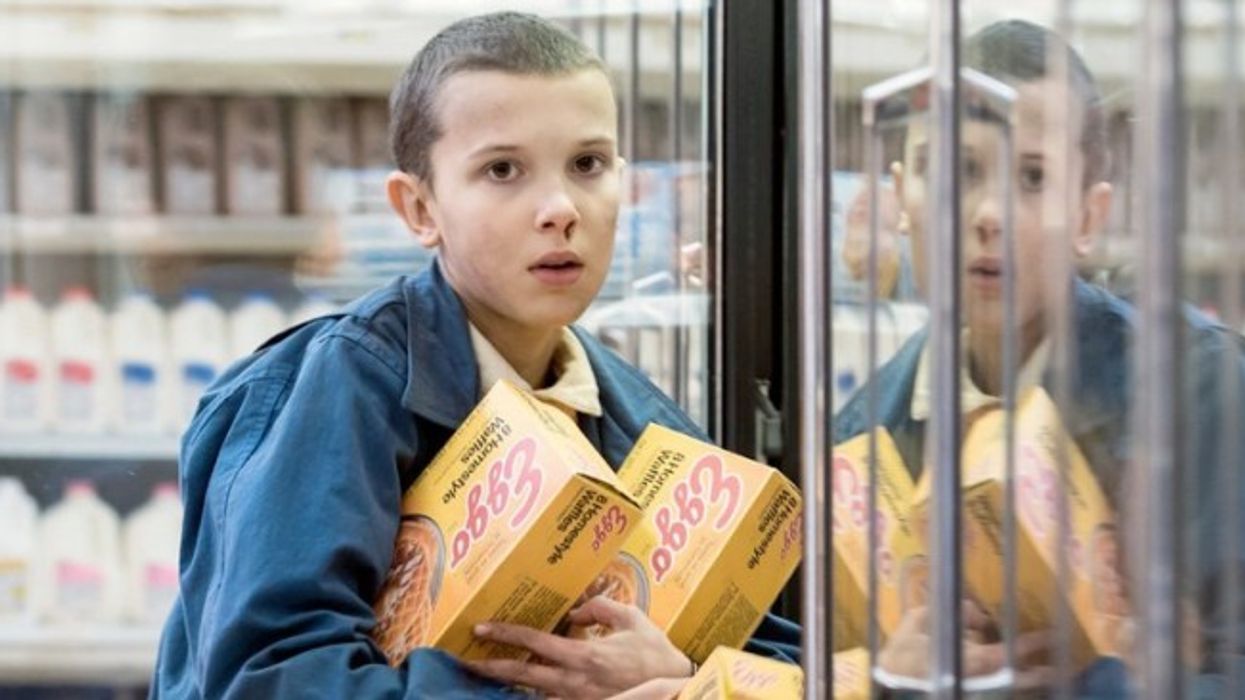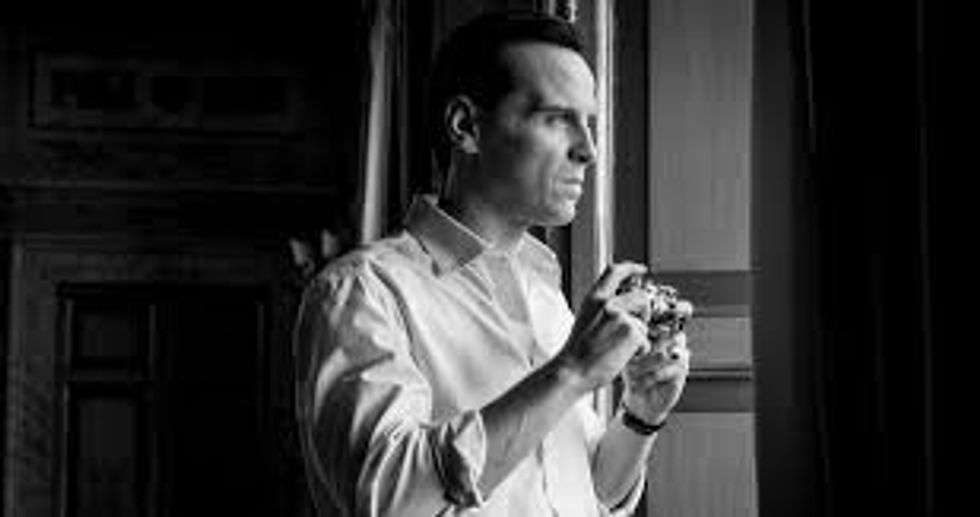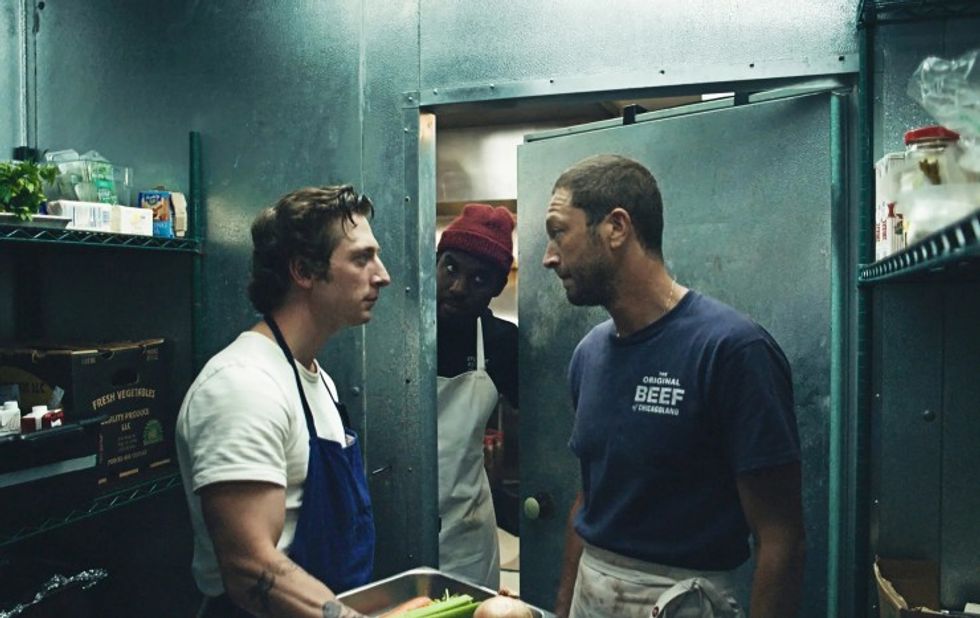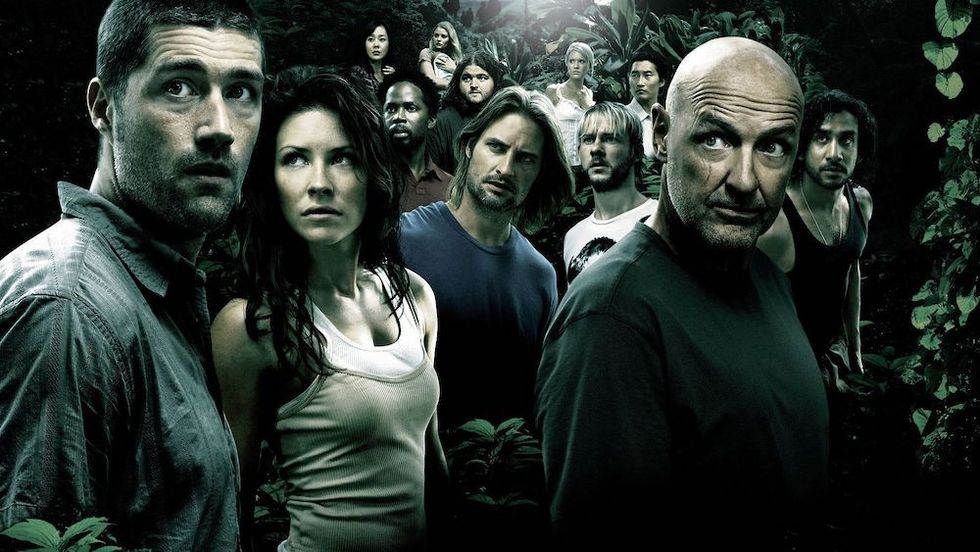The Paradox of Choice: How Limitations Can Help You Make The Best Film Possible

Have you ever walked into the ice cream store, saw 35+ flavors, and just couldn't decide? You walk away feeling worse about your chocolate mint because maybe you should’ve gotten the rocky road instead.
Now, think about the last time you tried to sit down and write a script. You had 200 different ideas and you had to pick one. “But they’re all so good!” you said. You choose, and you get this overwhelming feeling of regret; there's that pain in your stomach that you’re missing out on a better choice.
Why?
Psychologists call this the paradox of choice. When overwhelmed with too many options, one of two things happen. We either constantly think about those other things we didn’t choose (i.e. you’re still swiping on Tinder, even while you’re on a date), or we end up doing nothing because we can’t decide between the options.
But scripts, ice cream, and dates are one thing. What about the general filmmaking process?
Work with what you have and not with what you don't.
Paradox of Choice: Gear
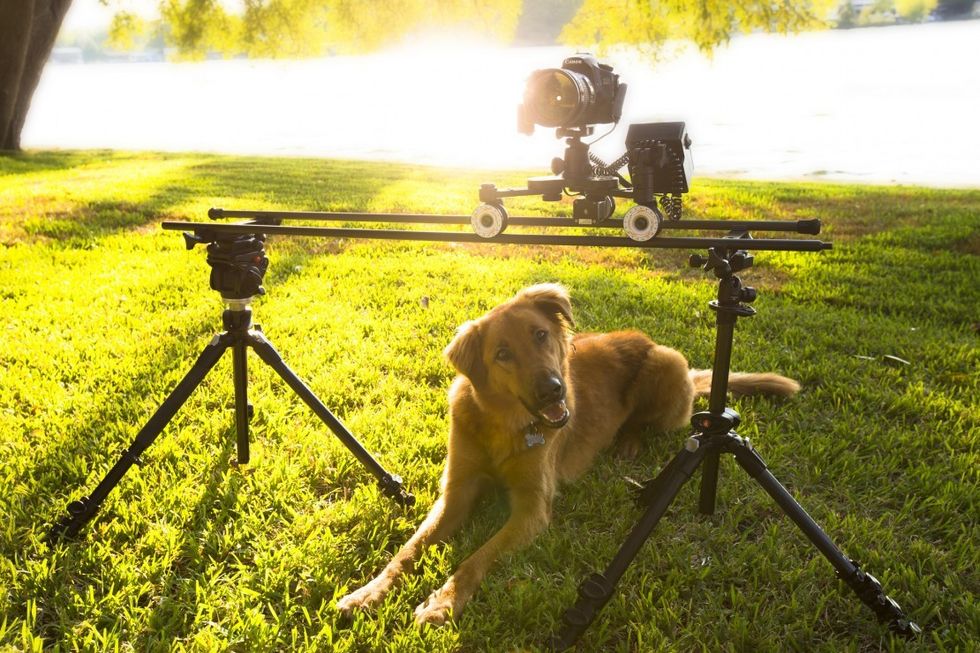
“Should I shoot in 4K? What about a gimbal vs a Steadicam? And, I don’t know... Should I rent or buy? I mean, if I get LEDs it’ll be less hot, but they’re more expensive, and then I have to think about color balance....”
The best way to get out of this is to focus on story. Gear should secondary to your characters and your narrative.
Apply the Principle of Positive Limiting
Artificially limit your own choices so you can become more satisfied when you do make a decision.
A good way to start this process is by asking yourself these questions:
Would my story be interesting even if I shot it on a cell phone?
How can I utilize the gear I already have and still get the job done?
Do I need more gear or do I just want more gear?
Action Step
Get a piece of paper and pencil and write down a general catalogue of your gear. After that, look through it and find what bare essentials you would need in order to shoot your movie.
Paradox of Choice: Screenplay
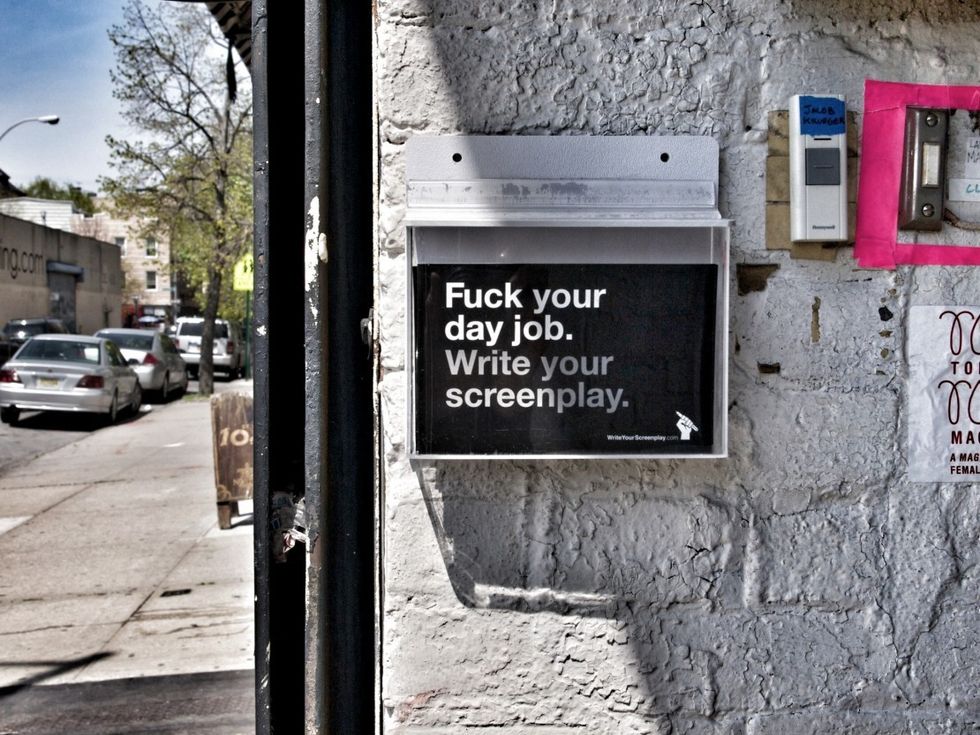
Plus, what about all those other stories you could be working on? Some of them might be better, right?
Action Step
Choose one script. Just choose it. Yes, you might be missing out, but so what? Even Christopher Nolan didn’t want do Batman at first. He had Batman at first. He had Inception in him for years, but he knew it would be better to focus on one project at a time. (You can always go back to your other scripts later.)
Ask yourself these questions:
If I focus on one thing right now, are those other ideas gone forever?
Do I really want to stop what I’m working on now to pursue some new idea (when I know that multitasking is a myth)?
Try a tactic called The Someday Technique: Get a folder and name it “Someday Folder.” Write down all your ideas that you haven’t fleshed out yet and put them into this folder. Then file it away until you're done with the project you chose to work on. Psychologically, this will help you deal with the paralysis of choice.
Paradox of Choice: Casting
You can only cast for so long before your project loses momentum. Sure, you can look at audition footage again and again; you can put up more casting calls; you can even expand your role from a 25-year-old black male to a 20 to 65-year-old any-gender non-racially-descript human just to get more choice.
But at the end of the day, you just don't have time. How do you decide which actor is the best of the worst?
Ask yourself these questions:
Is it worth feeling bad for something I can’t control?
How can I make the best out of the actor/actress I choose?
How can I direct this person to get better results?
Action Step
Write down three things you like about your actors. Then write down three things you think they should work on. Are the things they need to work on something you can help them with? Realize that if you got someone else, you would be making a new list of problems. Work with what you have and not with what you don't.
Paradox of Choice: Funding
You don’t want to ask your parents or friends for money, but maybe crowdfunding would help? But then, do people know you well enough to give you $10,000 to shoot a post-mortem documentary about your recently deceased cat? And do you fund it yourself, or do you seek investors? Choices, choices, choices.
Ask yourself these questions:
What is the best film I can make with what I have now?
If I had zero funding, how much of my own money could (and would I) put in?
What’s the absolute bestmovie can I shoot with that amount of money?
Action Step
Write down the top three people in your life who you think would give you money for your film if you asked for it. Now put fake tears in your eyes and approach them. (Kidding! Well, not really....)
Come up with how much you would want to ask for and combine it with how much you personally want to spend. This way, you can figure how much money you could have access to right now before you start going to sources outside your immediate circle.
***
The paradox of choice is a tough nut to crack, but by narrowing your choices down to the essentials, you can fix this problem and be ahead of 90% of other filmmakers.
What’s your biggest psychological barrier to filmmaking? Is it too many choices? The fear you’re not good enough? Let us know in the comments below.
If getting your film funded or figuring out how to overcome your own psychological barriers so you can make your first feature interests you, get your free Filmmaker’s Toolkit at indiefilmTO.com.
Main article photo source: Flickr Creative Commons

